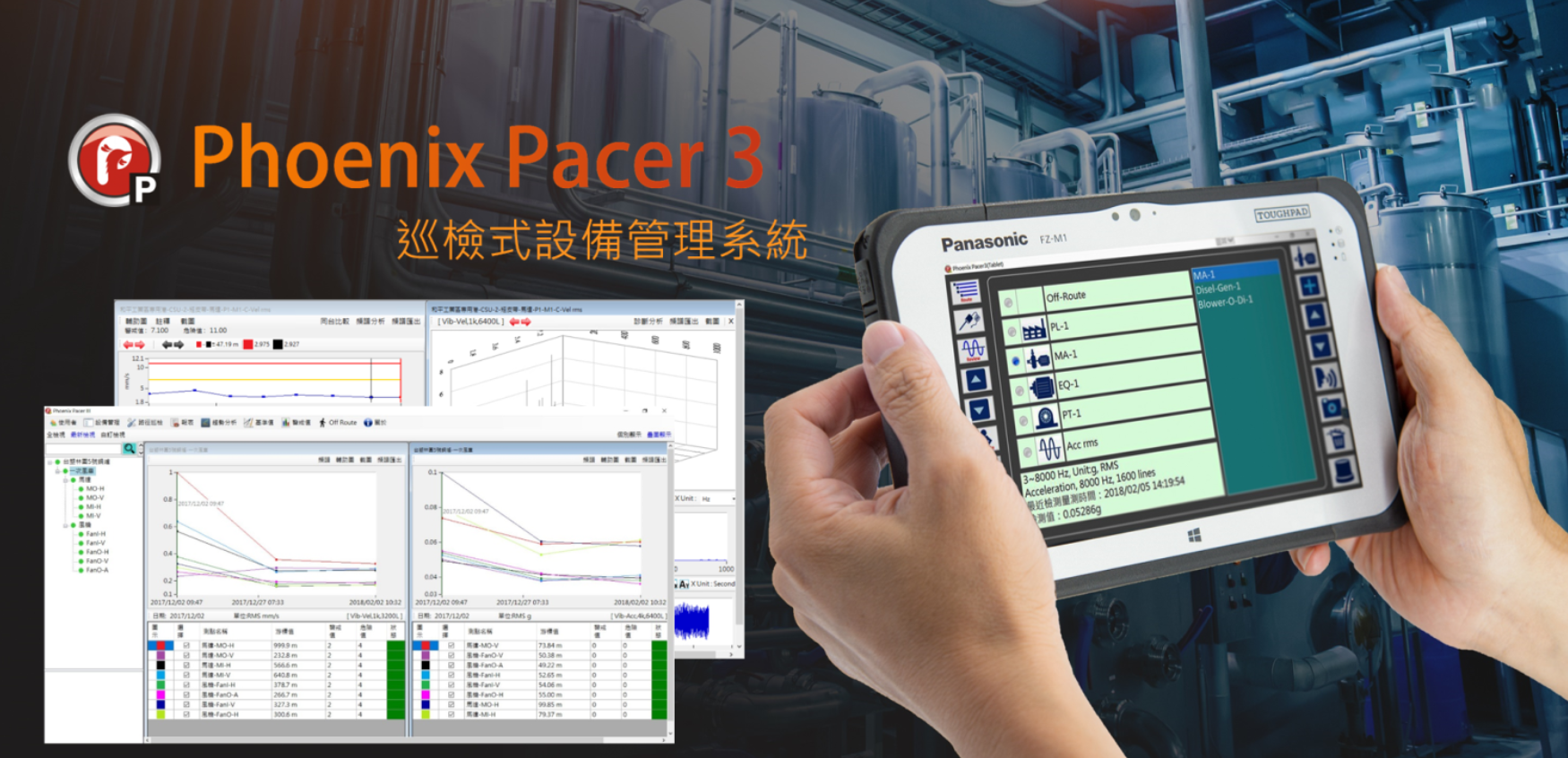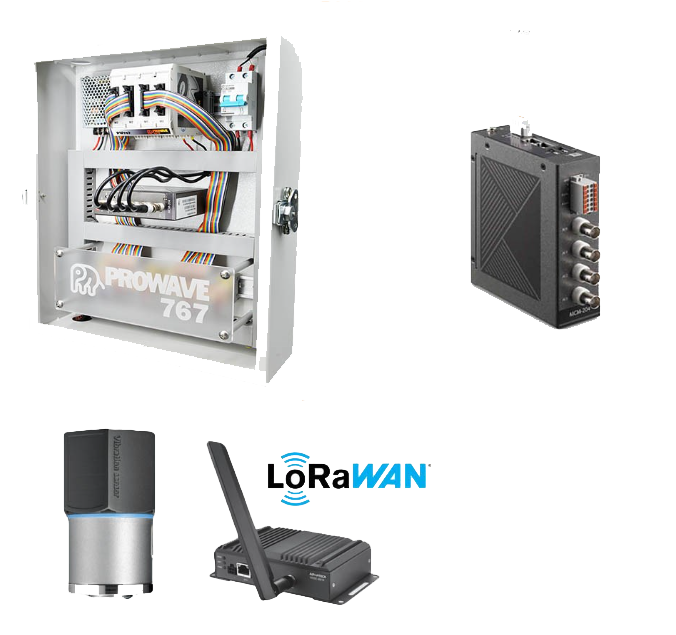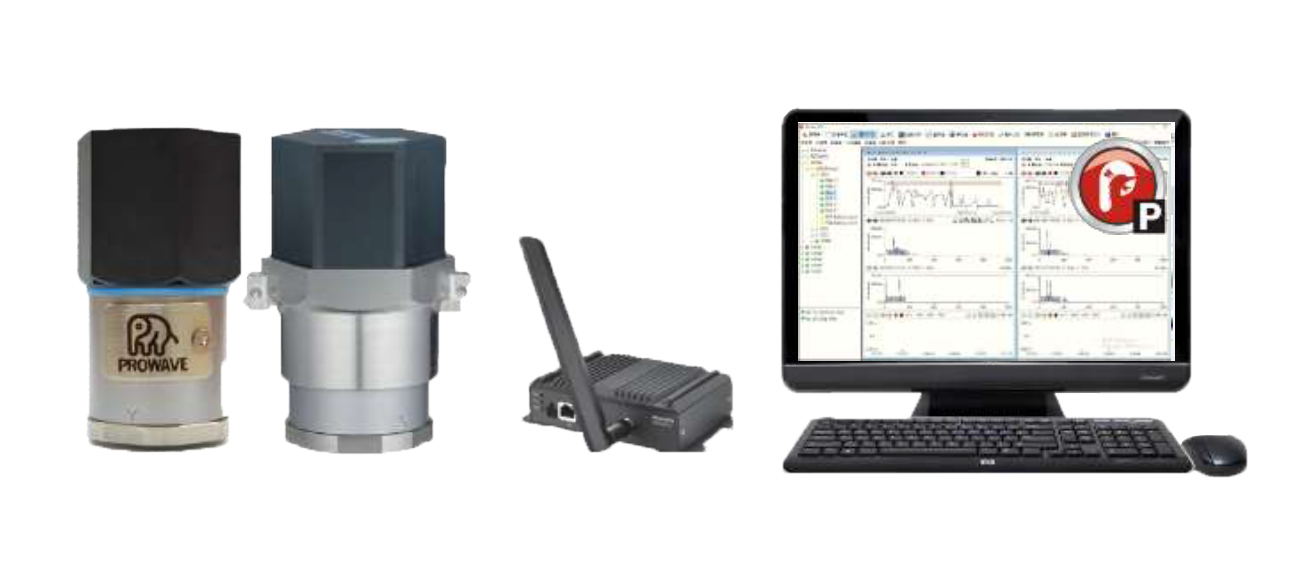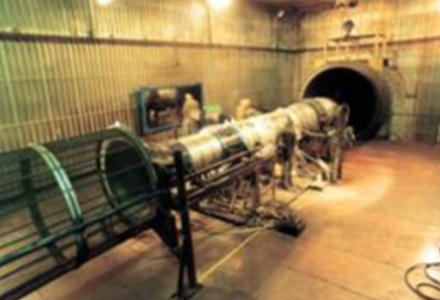I. Program Introduction
Rotating class equipment vibration monitoring technology application industry is very wide, has been in the petroleum, chemical, steel, paper and other industries have been commonly used, mainly handheld manual point inspection equipment, most of the existing online monitoring system due to the deployment of cumbersome, deployment costs remain high, mainly used in the equipment is expensive, high maintenance costs, long maintenance cycle, downtime impact of the core equipment and areas of the industrial site.
The maintenance and repair of industrial equipment is broadly divided into 3 means, and predictive maintenance is the general trend.
1) Restorative maintenance: It is an after-the-fact maintenance, mending.
2) Preventive maintenance: It is a kind of prior maintenance, based on time, performance and other conditions for regular maintenance of the equipment, more or less by experience.
3) Predictive maintenance: It is a kind of prior maintenance, based on the various sensors installed on the equipment, which monitors the operation status of the equipment in real time and determines more accurately when a failure occurs. If a fault is found, an alarm or repair order is automatically triggered.
For the most widely used auxiliary machines in the plant, such as motors, fans, compressors, pumps, reducers and other non-critical process and process nodes, the vast majority of the equipment is not yet using online monitoring systems.The new intelligent vibration sensing and cloud-based monitoring system will help significantly reduce the deployment cost, use cost and maintenance cost of online equipment monitoring, which will definitely usher in a huge incremental market, and many equipment manufacturers are now actively promoting vibration sensors for equipment condition monitoring as an option or standard equipment in the factory.
Intelligent vibration monitoring system solution mainly consists of wireless vibration sensors (wireless single-axis temperature vibration sensor, wireless three-axis temperature vibration sensor, wireless single-axis temperature acceleration sensor, wireless three-axis temperature acceleration sensor, etc.), intelligent wireless collector, intelligent vibration monitoring system cloud platform and cell phone applet.The system transmits the collected temperature, vibration amplitude, acceleration and other information of the terminal equipment through wireless vibration sensors to the intelligent wireless collector or operator base station by LoRa/BLE/Wi-Fi/ NB-IOT (optional) and other wireless methods.
Ⅱ, the advantages of the program
1、Accurate detection and real-time reporting;
2, ultra-low power consumption, stable performance;
3、Wireless transmission, easy installation;
4, battery-powered, waterproof and explosion-proof;
5, support cloud platform, real-time query, abnormal alarm, remote monitoring;
III. System Architecture
Product Features
Trend management, automatic alarms, automatic diagnosis, and report output
Complete Client Server architecture to optimize remote connection operation
Latest modularized automatic diagnosis of equipment abnormalities
Chinese operation interface and analysis function optimization for smoother user operation
Monitoring equipment vibration, temperature and various physical quantities
On-site monitoring panel, including time and abnormality display at each point
AI signal noise recognition
Use of SQL database
Phoenix Analyzer for advanced device diagnostics
On-site equipment status monitoring panel
Scout is responsible for capturing device data and organizing various information such as points, units, alert values, etc., which are integrated and sent to Carrier or directly to third-party systems, and supports various hardware, providing a reliable solution for AI big data front-end.
Carrier is in charge of data management, trend analysis, equipment diagnosis, report output and many other important tasks.
Product Functional Specifications
1. Graphical interface with Chinese window
2. According to the characteristics of the equipment, set each characteristic frequency or frequency band (OA) at the same measurement point (Sensor) and calculate it as a basis for monitoring.
3. The alarm value and danger value of the characteristics (OA) are set for the system to judge whether the machine is abnormal.
4. The alert and danger values of each feature (OA) can be calculated and used as a reference for the initial setting suggestion.
5. The latest total amount, spectrum, and waveform can be viewed and displayed simultaneously.
6. Spectrum and waveform can be used for easy diagnostic analysis of data at different time points.
7. Machine templates to assist in setting measurement point
8. Measurement data can be transmitted automatically or by specified transmission
9. Speed auxiliary measurement setting
10. Speed alert values for different equipment types
11. ISO 10816 warning value recommendation
12. Comprehensive judgment jump setting to prevent sudden abnormal damage to equipment.
13. Remote monitoring function: You can browse the trend analysis and instant status of the equipment remotely by Web.
14.Detail spectrum can be divided into active upload and passive upload.
15. With 4G wireless transmission mode
16. Adopt SQL database.
17. Automatic diagnosis system for equipment damage
Matching hardware
1.PW767 (16-channel vibration and temperature acquisition module)
2. Four-channel distributed acquisition module (for equipment with long distance, saving wiring construction cost)
3.WISE2410 PW2001-T wireless vibration & temperature system
Optional functions
1. Machine characteristic frequency setting.
2. With bearing database.
3. Comparison and analysis of frequency spectrum of the same time and different points, same point and different times.
4. Analysis of key frequency, cursor frequency, harmonic frequency, edge frequency, frequency band, sub-harmonic frequency.
5. Single-wave type, double-wave type and 3D three-dimensional wave type display mode.
6. Spectrum scaling, frequency (band) labeling, frequency multiplication, side frequency, search list and unit conversion function.
7. Automatic diagnosis Auto Dignostic.
8. AI automatic noise judgment Noise Judgement.








